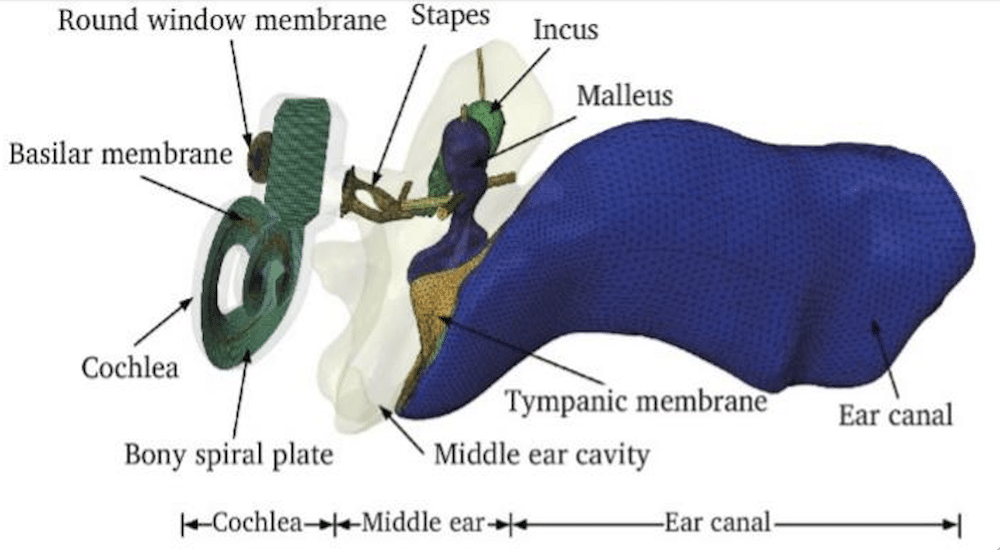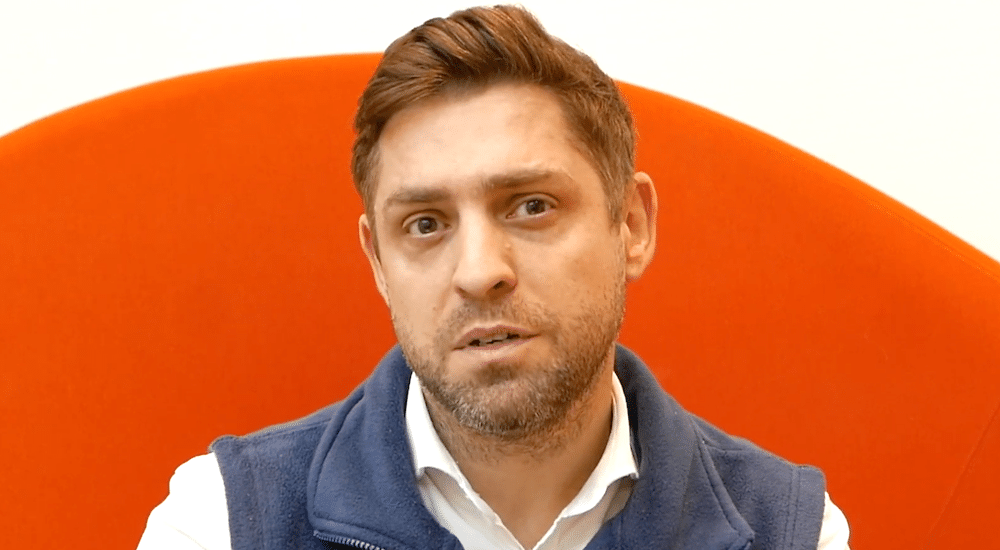Chinese study illuminating fluid-provoked hearing loss may save kids' language development AND boost hearing aid design
Tools such as otoscopy and audiometry can detect fluid, but often fail to pinpoint the severity of otitis media with effusion (OME), the accumulation of sterile fluid in the middle ear cavity that is one of the leading causes of conductive hearing loss. OME is particularly prevalent in children, so accurate assessment of the fluid build-up is all the more urgent.

© Journal of Otology, Tsinghua University Press
A clever bit of modelling by researchers in China has provided a valuable simulation of how different amounts of fluid alter the ear’s ability to transmit sound. This is crucial to understanding how fluid builds up in the middle ear cavity, causing conductive hearing loss through otitis media with effusion.
Current clinical methods and tools detect fluid - through the likes of otoscopy and Wideband Acoustic Immittance (WAI) testing - but they fall short in providing the clinician with an exact measurement of the severity of the flooding. Pinpointing severity through a model means a less-invasive approach but also earlier intervention when necessary. A collaborative team from China University of Mining and Technology, Xuzhou Medical University, and The Third People’s Hospital of Dalian has worked out via digital constructions how different amounts of fluid alter the ear’s ability to transmit sound.
This very precise model has uncovered a precise cutoff point—around half...
This content is reserved for subscribers to Audiology Worldnews
Already subscribed Log in
 Sign in
Sign in

